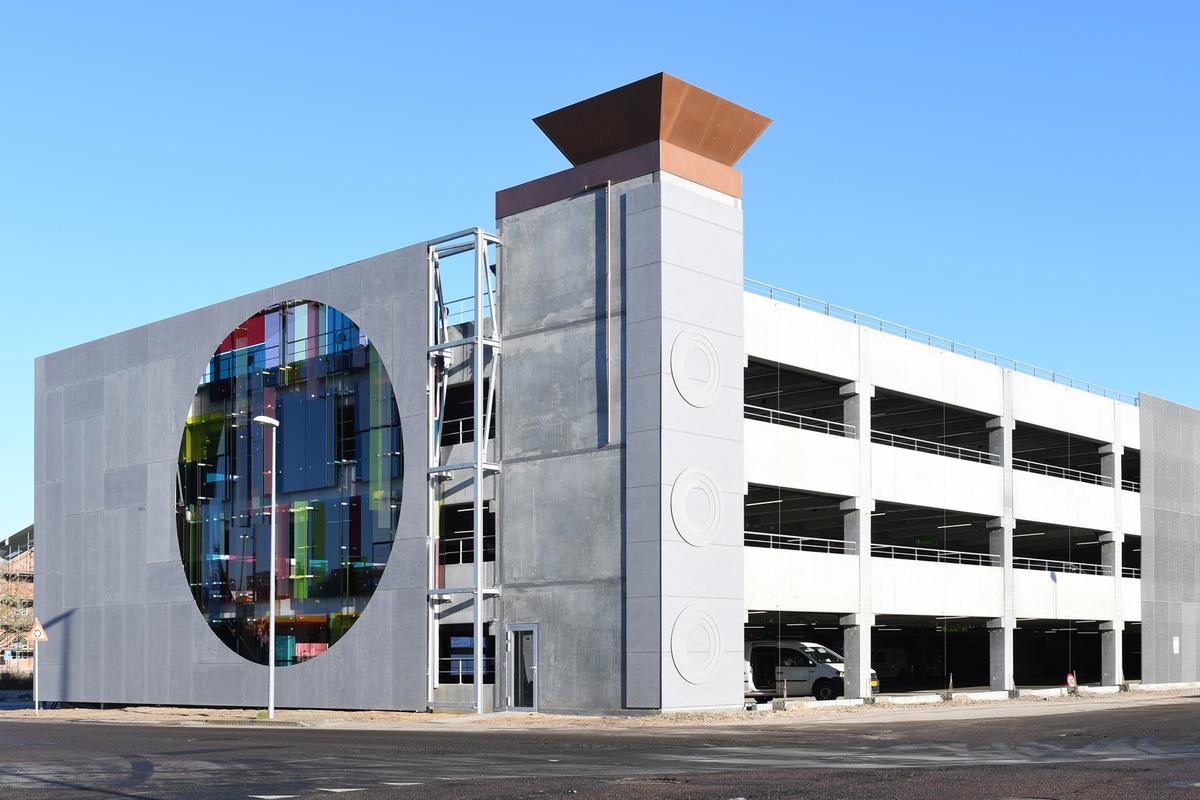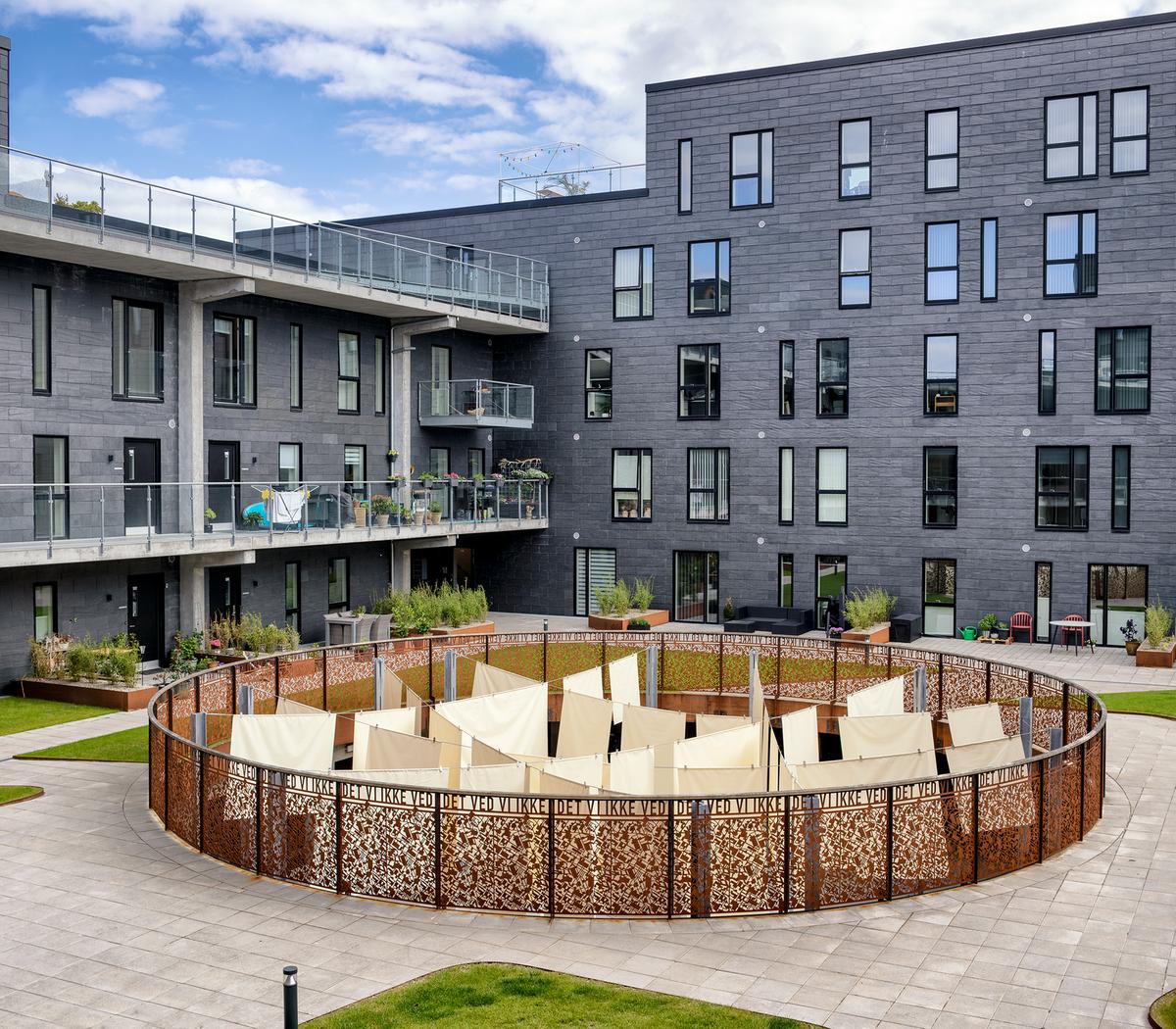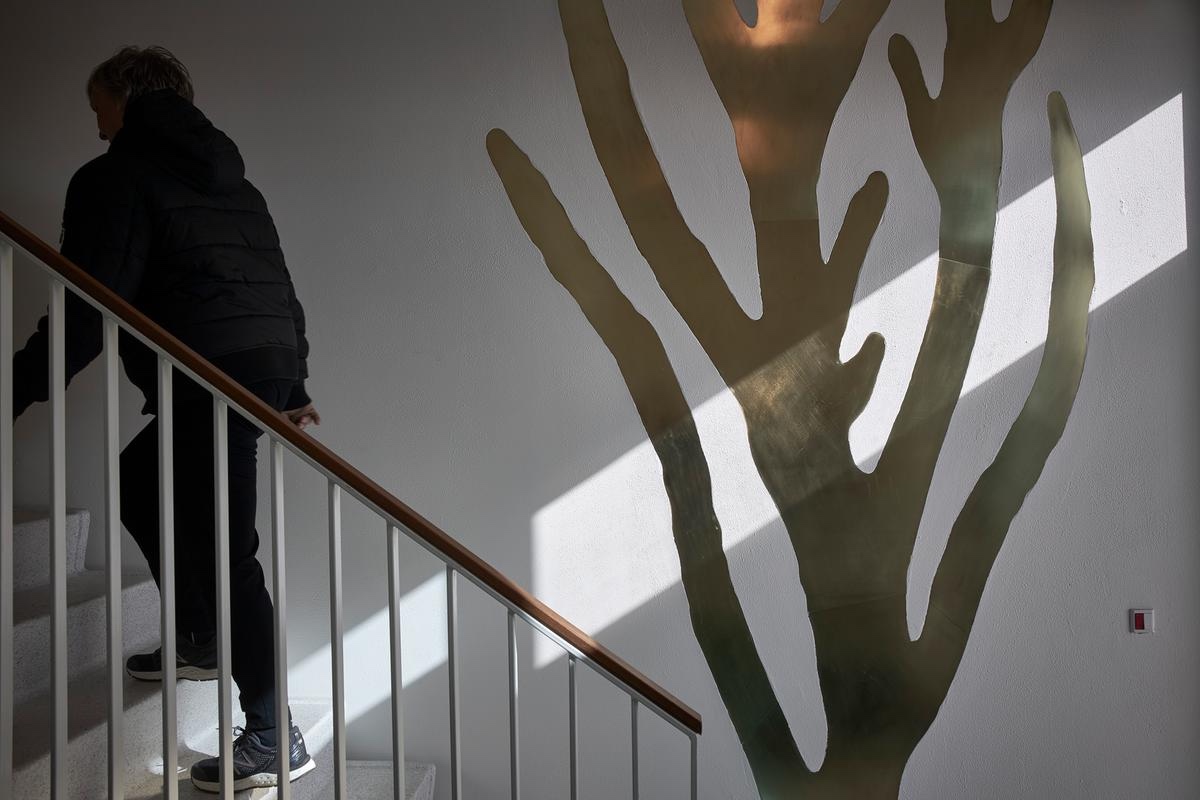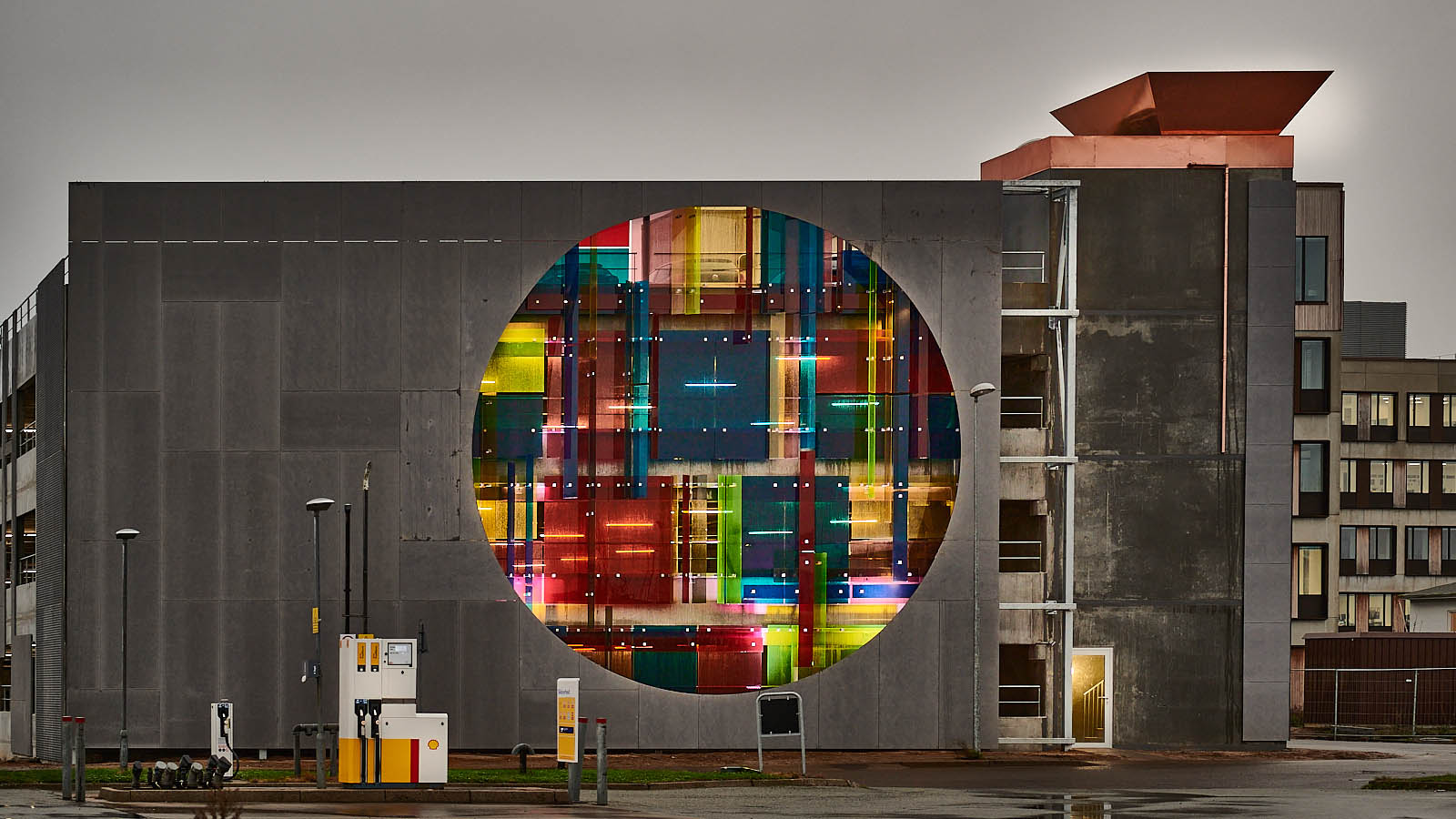Sky and sea strike the mood in the oldest part of the Danish city of Fredericia. Wide streets and fairly low buildings create a spacious horizontal urban space that leaves room for the sky. The city’s shops and cafés are similar to what one would find in other medium-sized Danish cities – nothing out of the ordinary. The view of the Little Belt strait and the green ramparts of the Renaissance city, on the other hand, is exceptional and brings nature and the city’s history close.
The realization of the plans for the Canal District is in full swing, here at the edge of Little Belt. Since 2009, Fredericia Municipality and Realdania By & Byg have worked on the new district, which once contained a shipyard and a sulphuric acid works. This industrial area formed a physical barrier between land and water, but demolitions and conversions have begun to open the area up to the local community. The vision is an attractive district in between the city centre and Little Belt with a contemporary character and respect for local history.
The first residents of the Canal District moved in in 2017, and additional construction projects will be completed over the coming years before the plan is fully realized. In addition to newly constructed canals, which underscore the area’s historical grid structure, the area contains residential buildings, businesses, restaurants and educational institutions. The city park Søndervold Bypark forms a green ribbon designed to enhance quality of life for people and animals by enabling a range of activities and contributing to added biodiversity.

Art and a strong sense of site
Thus, on my 2021 visit to the Canal District, I enter into an ongoing process where some subprojects and areas have been completed, while others are under development. It is an interesting time for a visit, as the traces of past life are still quite visible while the contours of a new life are beginning to take shape. An atmosphere defined by industry, docklands, half-empty new buildings and the temporary shipping container city C-byen (C-city) is elevated by the view over Little Belt.
The container city is a venue for street art, performances and temporary art exhibitions, and the gardening community Grow Your City is a wonderful oasis with room for the users’ different expressions. In addition, a collaborative effort with the Danish Arts Foundation is integrating permanent art projects into the architecture and urban space of the Canal District. This breaks the district’s scale down into local and site-specific artistic and spatial approaches with the aim of connecting urban life, residential life and the larger context.
The parking structure Hydra, which was created in collaboration with visual artist Kristine Roepstorff, highlights the experiential potential of integrating works of art into architecture. Roepstorff, who also created the artwork GONG in Dokk1 in Aarhus, has turned the cold, raw concrete building volume into a poetic, fleeting and simple experience of light and colour effects; a contrast that in itself represents an interpretation of the complex character of the Canal District.

At the east end of the district, the housing block Kongens Punkt (King’s Point) occupies the former sulphuric acid works site. Inside the courtyard of this perimeter block stands Signe Guttormsen’s circular work of art Det vi ikke ved det ved vi ikke (What We Don’t Know We Don’t Know). The title, which is inscribed into the Corten steel fence that is part of the installation, refers to the toxic chemicals that were in use at the factory and their poorly understood consequences. The artwork adds an interesting spatial dimension by cutting through the terrain and providing a peek into the underground car park underneath the lengths of fabric hanging inside the fence. The materials add a warm, sensuous character, and the wind from Little Belt is allowed to play with the textile – like washing drying on the line in a back garden.

Exploring old and new – before the new takes over
There are plans to integrate seven works of art in total in the architecture in the Canal District. At the time of writing, it is also possible to visit Peter Holst Henckel’s decorative project Flora Danica Aquatica in the residential building Langebro, if one is lucky enough to find a resident to unlock the gate. The building is quite close to the pier where I stopped for a short break to enjoy the view of the Little Belt Bridge from the benches designed by Gunhild Aaberg. When Søndervold Bypark is officially opened in 2022, it will feature an integrated audio installation by Amalie Smith. The remaining works of art are still in the making.
The art heightens the quality of the area’s urban spaces, and the Canal District is well worth exploring. Perhaps now is good time to visit, while we can still experience the ambiguity between old and new. Some fairly large-scale building projects are about to begin, which will claim some of the space around C-byen and Grow Your City, among other areas. The view over the Belt is going to change. Will the Canal District undergo the same development as many other harbour front areas in Denmark, where housing blocks hog the view and create new barriers between city and harbour? Perhaps. Still, there is some reassurance in the user-involving process that, so far, has ensured a certain slowness. Let us hope that the Canal District’s ambiguous atmosphere continues to be preserved.
Read more about the Canal District
Read theme:
From the Archive
Dansk Kunsthåndværk/Danish Crafts 1/99
“This issue of Danish Crafts has a focus on the role of crafts in relation to architecture and decoration. Much has also happened in this area in recent years, and as will be seen from the articles, many artisans today are well equipped to enter into qualified and rewarding collaborations with architects and builders, and there is no shortage of suggestions and visions for how the collaboration can be done more fruitful in the years to come.” Read more (articles are translated into English)

